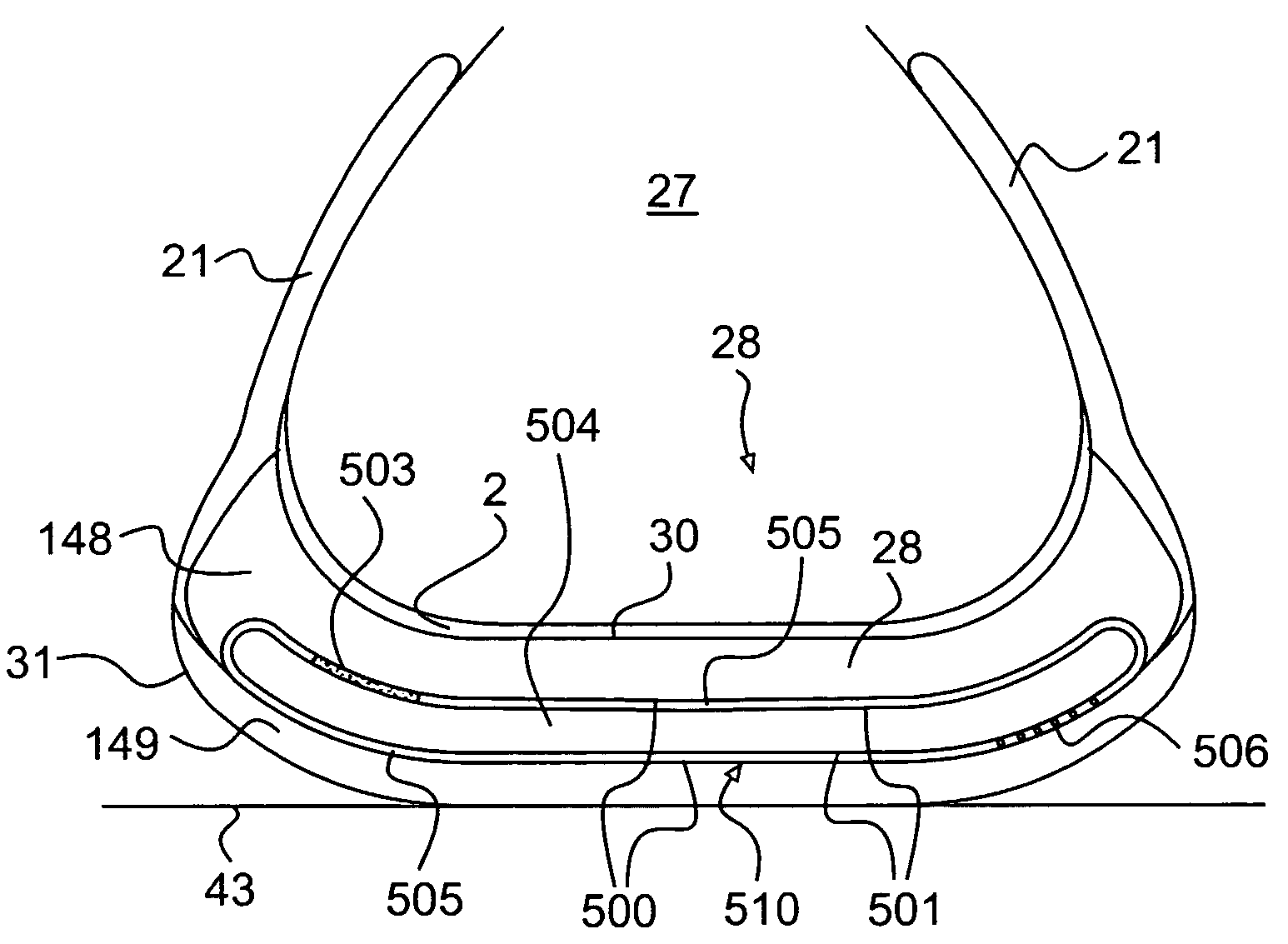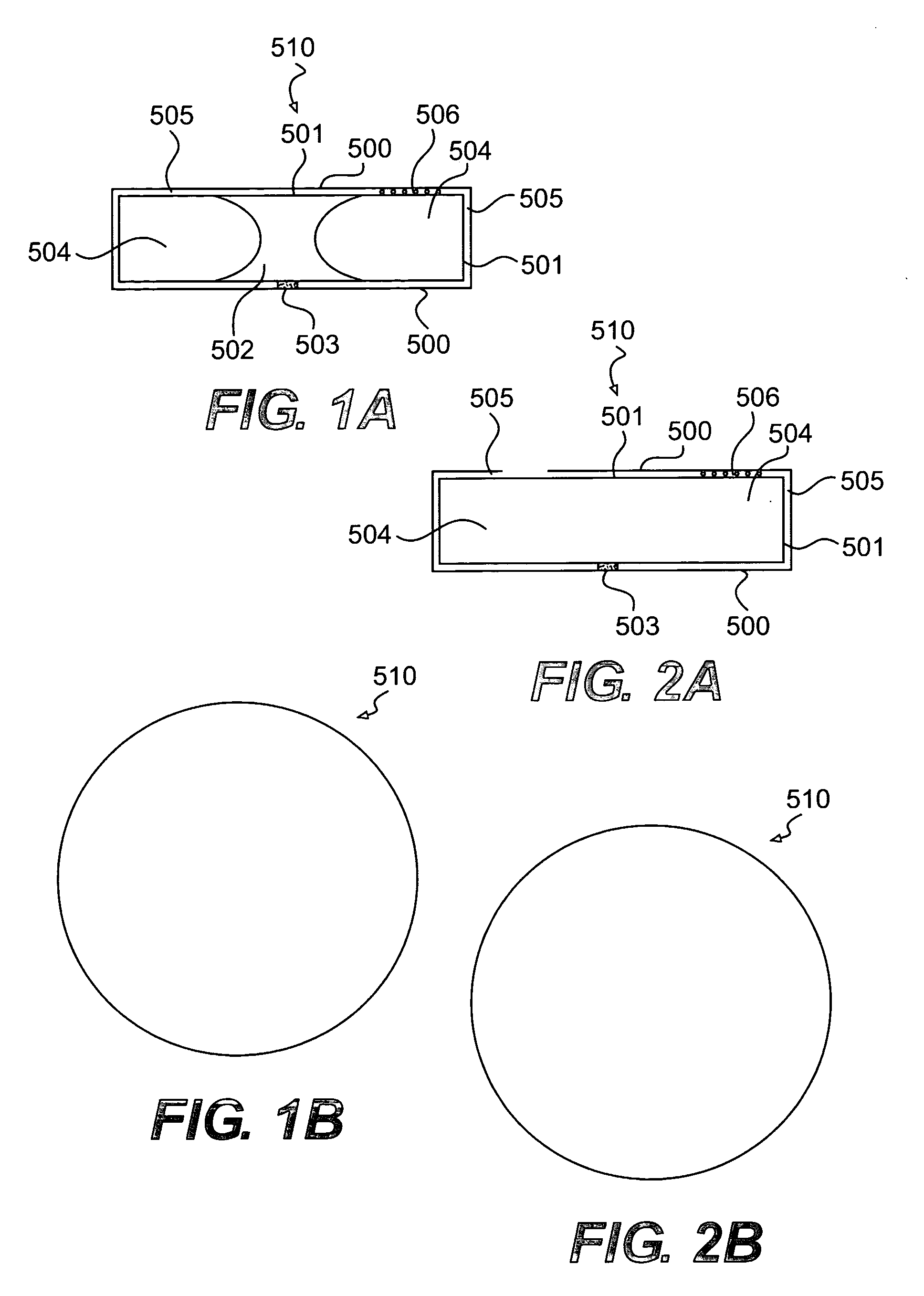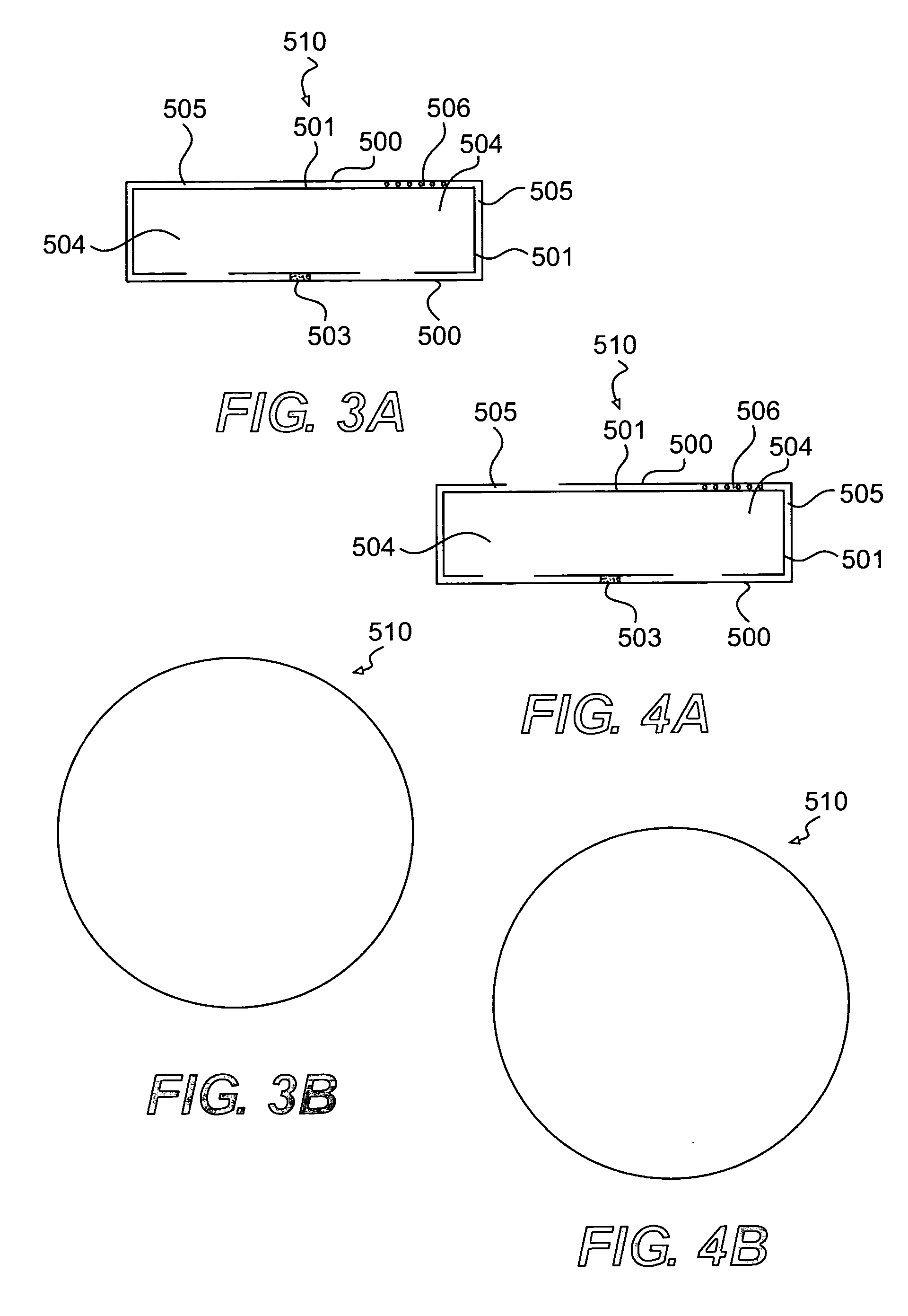Devices with internal flexibility sipes, including siped chambers for footwear
a technology of flexible sipes and devices, which is applied in the field of all forms of footwear, can solve the problems of affecting the rigidity of the interfacing directly with the device, and the serious degradation of the support and cushioning of the bare foot, so as to increase the flexibility of the device, and improve the comfort of the foo
- Summary
- Abstract
- Description
- Claims
- Application Information
AI Technical Summary
Benefits of technology
Problems solved by technology
Method used
Image
Examples
Embodiment Construction
[0088]FIGS. 1-79 show the applicant's inventions incorporating forms of insertable devices with one or more internal (or mostly internal) sipes, including slits (or channels or grooves and other shape, including geometrically regular or non-regular shapes, such as anthropomorphic shapes), into a large variety of products, including footwear and orthotics, athletic, occupational and medical equipment and apparel, padding for equipment and furniture, balls, tires and any other structural or support elements in a mechanical, architectural or any other device.
[0089]New reference numerals used in the FIGS. 1-79 are further defined as follows:[0090]Ref. No 500: An outer compartment, such as an outer compartment 161 or chamber 188 or bladder, at least partially or mostly or entirely enclosing a space within the outer compartment / chamber / bladder 500, which can be located anywhere in a footwear sole or upper or both or other article described in this application. Construction and materials c...
PUM
 Login to View More
Login to View More Abstract
Description
Claims
Application Information
 Login to View More
Login to View More - R&D
- Intellectual Property
- Life Sciences
- Materials
- Tech Scout
- Unparalleled Data Quality
- Higher Quality Content
- 60% Fewer Hallucinations
Browse by: Latest US Patents, China's latest patents, Technical Efficacy Thesaurus, Application Domain, Technology Topic, Popular Technical Reports.
© 2025 PatSnap. All rights reserved.Legal|Privacy policy|Modern Slavery Act Transparency Statement|Sitemap|About US| Contact US: help@patsnap.com



